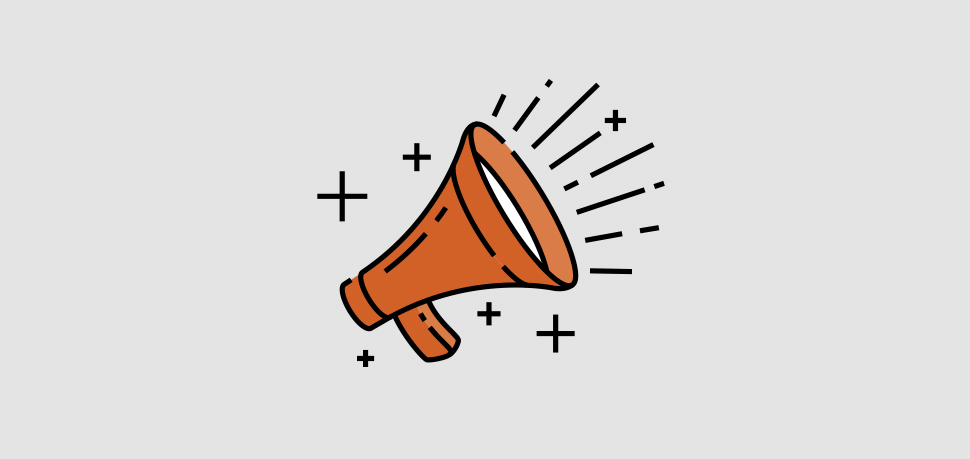
Content marketing is integral to any robust marketing strategy. The growth of digital marketing (web, mobile, social) is fueled by content. In fact, according to the Content Marketing Institute, nearly half of B2B marketers expect their content budget to increase in the coming year. Why? Because it works. 59% of B2B marketers attribute high ROI to their content marketing efforts.
However, as marketers produce more and more content, it’s increasingly challenging to stand out from the competition. By creating targeted content and amplifying it through digital channels, you provide real value and answers for your prospects, driving conversations and leading opportunities back to you.
To accomplish this, you need to learn as much as possible about your buyers, create content that directly answers their pain points, and share that content where you know they will find it. It’s sharing the right message, to the right people, at the right time during their buying cycle.
Content Creation 101
We’ve spoken at length about developing personas and their role in content creation. Every piece of content should align with a persona’s need(s) at one of the below buyer’s stages. This will help you diversify your content and generate continued engagement.
The stages of the buyer’s journey include:
- Awareness/Top of the Funnel – when you help buyers recognize a problem that they may not even know they have.
- Examples – infographics, stats, blog posts, eBooks, white papers, tip sheets, checklists
- Consideration/Middle of the Funnel – when buyers are researching and evaluating potential solutions to their problem and learning more about the solution you provide.
- Examples – webinars, case studies, demo videos
- Decision/Bottom of the Funnel – when buyers are thinking about making a purchase from you and are determining what they need to become a customer.
- Examples – free trials, live demos, consultations, estimates, coupons
Reuse, Recycle, Repurpose!
The good news is that you may already have existing content that can meet these needs. To determine what you have – and what you need to create – perform a content inventory/audit.
Build a spreadsheet that lists all your existing content – blog posts, articles, whitepapers, videos, etc. -- and indicates the topics covered, the questions answered, the persona it addresses and their stage in the buyer’s journey. Also ensure that you have sufficient content for each of your products or services.
As you build this inventory, note gaps in your content and prioritize areas that haven’t been covered. Once you’ve identified those gaps, you can start to brainstorm new content ideas. This is also a good time to assess what existing content you have that you might be able to repurpose.
While you should be selective about only creating content that is targeted and effective, that doesn’t mean you can’t get creative. If you host a webinar, you can create a presentation from it, a blog post, or an infographic, while also promoting it heavily on social media and in your newsletter. You can even turn a series of blog posts or white papers into an eBook over time. If someone in your company has a speaking engagement or a presentation, that can also be used as content.
Start Spreadin’ The News
Now that you have valuable content that buyers are interested in, build a promotional strategy to ensure that content is easy to find and share. Promote it through multiple channels such as landing pages, PPC & retargeting, email campaigns, e-newsletters and social media. The more a user engages with your content, the more they become aware of your brand, building loyalty and trust.
Talk to your customers and identify where they find their information – what social media channels they use, what industry publications or blogs they read – and be there as much as possible.
There are several ways to do this:
- Leverage social media scheduling tools to promote each piece of content and schedule them out in advance.
- Consult with experts in your company or industry to determine what resources they rely on to stay informed.
- Sign up for e-newsletters with those trusted websites and schedule time every week to review them.
- Engage with other people’s posts or comments and share relevant articles with your social media followers.
Another effective way to engage your customers is through newsletters. This allows you to leverage existing content to deliver targeted messages to your audience. Depending on your current database capabilities, you can even target certain news to specific personas and customize what your subscribers receive.
Measure Your Success
Now you need to develop a measurement strategy so you can easily see what content is being accessed where and by whom. Evaluating your data will help you make better decisions and drive a more educated content strategy going forward.
Content
- How many page views? [This includes all types of content]
- How many downloads? [This includes PDF content]
Newsletters/Emails
- Click rates, open rates, click-to-open rates, bounce rates
Engagement
- How long are people engaging with a piece of content?
- How far are people clicking through a piece of content?
- What did someone do next after accessing a piece of content?
Persona
- Top 10 assets accessed by each persona
- Chart the breakdown of topics (one chart) and content types (another chart) for each persona (performance with percentages)
- Show the top 10 pieces of content overall and then do a breakdown of which personas accessed each
Lead Generation
- Marketing Qualified Leads (MQLs) generated
- Conversion rates (how many people filled out a form vs. how many viewed page)
There you have it. A quick-start guide on how to create, organize and share your content. Still need some assistance? Don’t worry – we can help. We don’t just produce content about content. We write it, design it, plan it and more. Give us a call.

